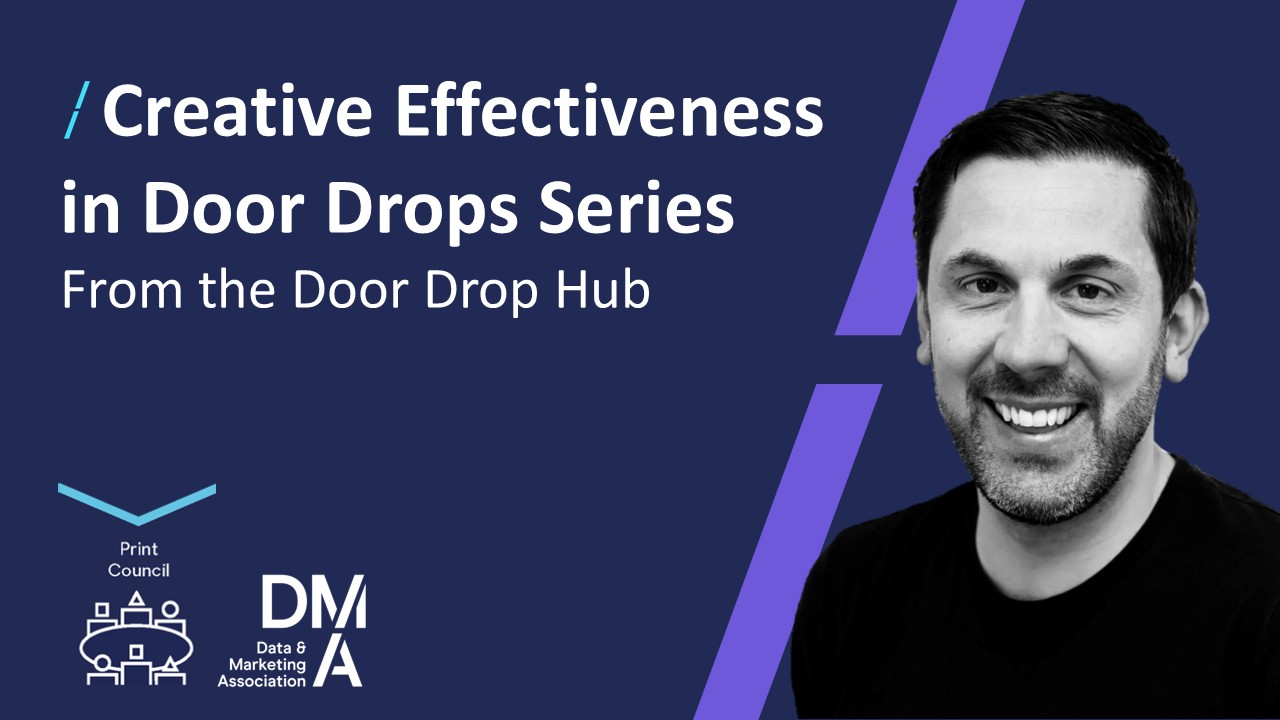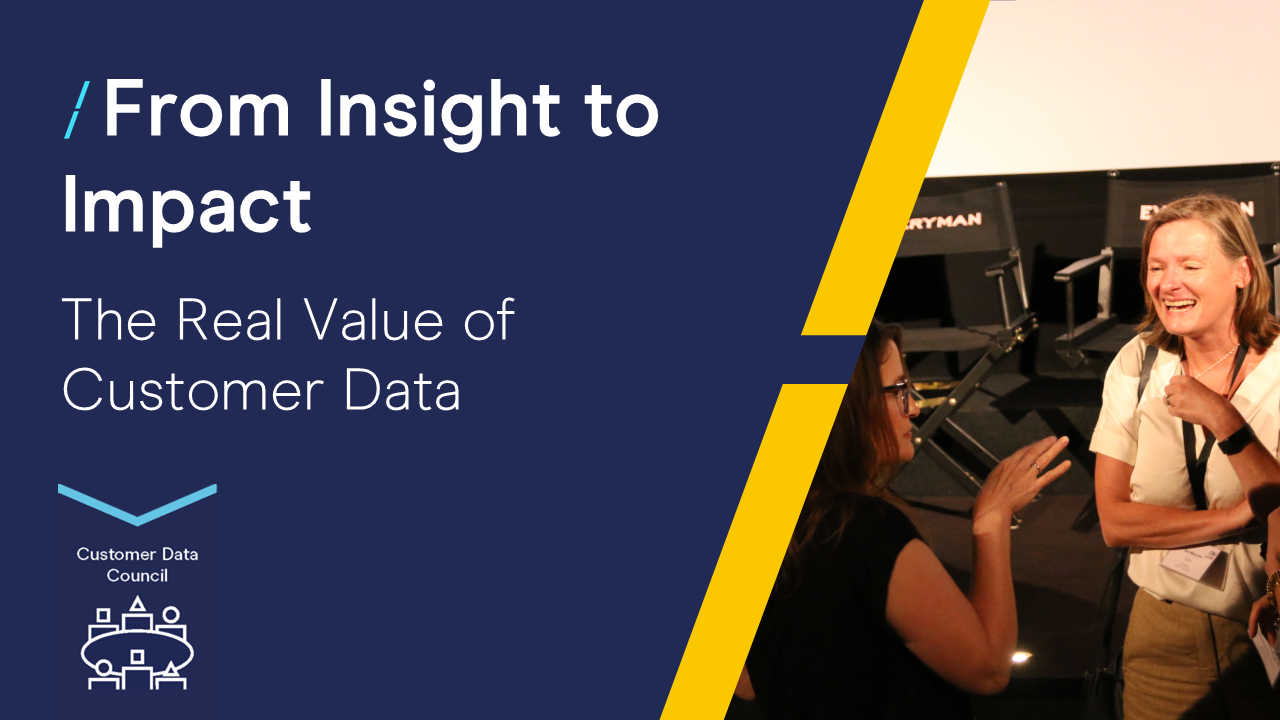Eight Golden Rules for the âAgency of the Futureâ
09 Nov 2015

For agencies, anticipation is everything. We look ahead at the trends that will influence our clients’ campaigns, and test and analyse our work to gain an understanding of how we can improve future projects. In the same vein, it’s equally important for us to be aware of how the needs of our clients are changing, and what this means for the way we work.
The Marketing Agencies Association recently conducted a three-week online debate, looking to develop a key blueprint for agencies to adopt to survive and prosper in a challenging commercial and media landscape. With contributors from 80 agencies, such as Iris Worldwide, CP+B, DDB and JWT, and senior clients from global consumer brands including Shell, Royal Mail, UKTV, PepsiCo and BSkyB, the subsequent report identified eight golden rules that the ‘agency of the future’ must live and breathe to be successful and future-proof their business.
In conjunction with the MAA, we’re pleased to be hosting an event exploring these rules and the key pillars of the agency of the future.
Mette Davis, Director of Digital & Regional Innovation at MAA, said:
Collaboration is a hot topic and a vital component of any client/agency relationship. We wanted to get to the crux of key industry issues, before developing a practical approach that solves business challenges and transorms both client and agency business practices.
The MAA’s eight golden rules
1. Creativity for business
Clients and agencies need to move away from briefing in a discipline-led approach, and move towards a collaborative approach, working creatively to solve business challenges.
2. Agencies’ culture and talent
As it becomes harder for agencies to differentiate themselves to clients and new talent, it becomes ever more essential for them to invest in inspirational cultures. This involves challenging current team structures, driving collaborative approaches between clients and agencies and investing in the right development programmes that attract and retain the best talent.
3. Reputation and uniqueness
Agencies are notoriously poor at building and developing communications that define what they stand for and believing in it, once developed. Yet we are in an industry where reputation and uniqueness are key to success.
4. Commercial expertise
Agencies need to focus on the commercial success of their clients’ businesses and show a desire to truly collaborate to understand the wider issues facing those businesses.
5. Agility
One of the buzzwords of the marketing sector is ‘agility’, yet, in reality, the industry is struggling to adjust to the current needs of clients. Clients and agencies must adapt not just their processes but also their attitude towards delivering an agile service model to complement the long-term strategic direction.
6. Remuneration
The current remuneration models (hourly rates, retainers and project-based work) will ultimately drive quality, innovation and collaboration out of the industry. Remuneration is a key part of any relationship and it has to be about finding the right model that meets the needs of both the client and the agency.
7. Consumers
Clients and agencies need to find an effective way to bring consumers into their working processes and put them at the heart of the work they deliver.
8. Transparency
For change to occur in current client–agency relationships, there needs to be a transformation in the way the two collaborate. Success lies in a two-way, open, honest and transparent relationship.
You can request the full report from the MAA website.
Tell us what you think
We’ll be inviting both agencies and clients into our Bristol office on 24th November, to explore how collaboration, entrepreneurialism, talent development, effectiveness and creativity for business can drive success for clients and help the industry evolve.
It’ll be an opportunity to openly discuss and debate unique approaches to working, with a panel of agency and client representatives steering us through various topics. The event is free, but you’ll need to book a space.
On the panel will be:
Ian Bates, Creative Director at The Real Adventure Unlimited
Ian is an multi-award-winning board CD as well as Vice Chair of the DMA Agencies Council and a judge for D&AD, DMAs, CIMTiG and BIMAs. His passion has ignited the many creative teams he has led over the years. He’s also championed the integration of disciplines such as social and digital experience into traditional creative structures.
James Caig, Head of Strategy at True Digital
Former head of strategy at MEC and Isobar, James has 15 years’ experience in media, advertising and marketing. Now chief catalyst and provocateur at True Digital, he is a regular conference speaker and sits on a number of industry group boards.
Barnaby Davis, Divisional Director for Group Retail Strategy at Nationwide
At Nationwide, Barnaby Davis is accountable for customer data and insight, digital, mobile and wearable banking, digital experience design, branch location strategy, branch design, next-generation branch technology, group retail strategy articulation and strategy delivery.
Suzanne Barnes, Head of Agency & Talent Development
Formerly Managing Director of Arc Worldwide, Suzanne joined the MAA in 2009 as Head of Professional Development for the MAA before becoming Head of Agency and Talent Development in April 2013.
Alistair Bryan, CEO of One Inch Punch
After becoming CEO of Bray Leino in 2011, Alistair built the business by up to 40% in the Bristol office in 3 years with large scale wins. In January he set up his own consultancy – One Inch Punch. It distills his discipline and sector experience with his knowledge of growing businesses for clients and agencies alike using a virtual network of partners to deliver.
We look forward to welcoming you!


1.png)

Please login to comment.
Comments